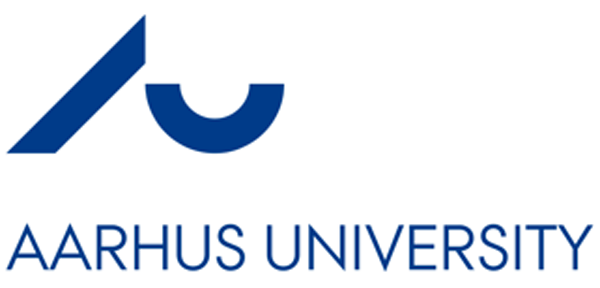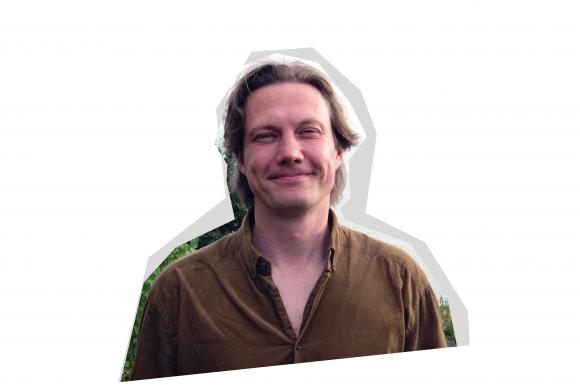Aarhus University
Aarhus University’s CAVI – Centre for Advanced Visualization and Interaction – is a research center that combines art and technology, both as cultural production and as research. Jointly with the Participatory IT Centre (PIT), CAVI has worked within the domain of media architecture and artistic strategies for civic communication and better understanding of public space.
In 2012, Aarhus University, together with the Media Architecture Institute Vienna, organised the second Media Architecture Biennale, a congress that attracted an international audience in the field of media architecture and urban media installations.
Martin Brynskov / Aarhus University CAVI/PIT – Research fellow
Martin Brynskov, Ph.D., is associate professor in interaction technologies at the Department of Aesthetics and Communication at Aarhus University in Denmark. He is also research fellow at Participatory IT Centre (PIT) and Center for Advanced Visualization and Interaction (CAVI), director of the Digital Design Lab, co-founder of Smart Aarhus, and former director of the Civic Communication group at the Center for Digital Urban Living. He is the general chair of Media Architecture Biennale 2012.
Working closely together with municipalities, artists, journalists, media organizations, and industrial partners, he investigates the consequences of digitization and explores new forms of mediation within a variety of domains with special focus on the role of social interaction, materials and interfaces. The research is mostly carried out as interventions and experiments in the wild, deploying prototypes and semi-permanent interactive systems.
Martin Brynskov was the project lead of Aarhus by Light and has been involved in numerous projects and products based on social interaction mediated by technology, working together with public institutions and industrial partners, including LEGO and Bang & Olufsen. During his doctoral work at the Center for Interactive Spaces (Dept. of Computer Science, Aarhus University), he developed tools for social construction for children using mobile and pervasive media based on the notion of “digital habitats”. He also holds an MA in information studies and classical Greek and has published numerous articles and publications, including ‘Understanding Media Architecture (Better): One Space, Three Cases’ in 2013.


